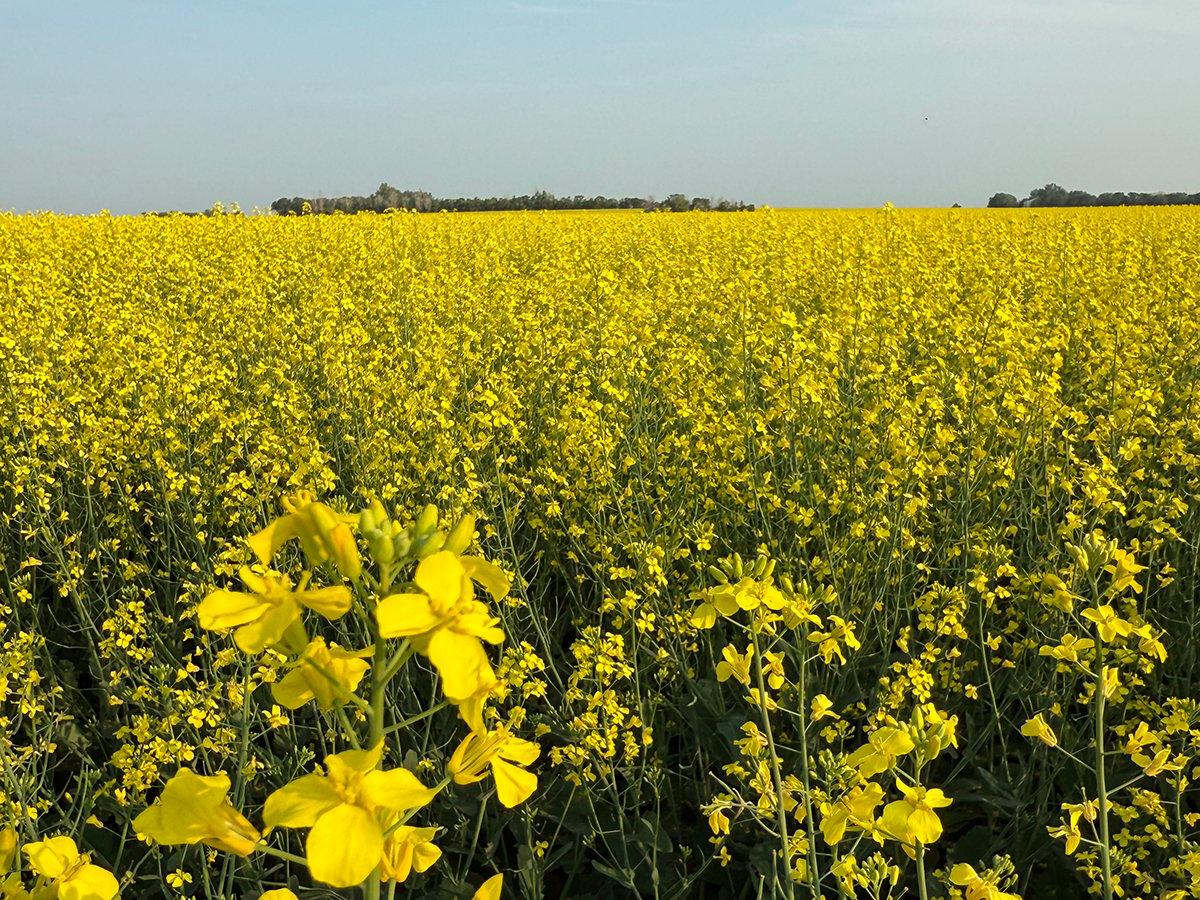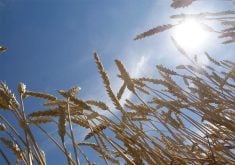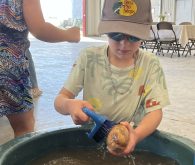Ray Gaudet, a Christmas tree producer near Prince Albert, Sask., has respect for the habits of squirrels. The feeling is not mutual.
This summer, Gaudet checked the local forest and found a patch of balsam fir with a color and needles he thought perfect for Christmas trees. So he waited until the firs produced but hadn’t yet scattered their seeds, a 10-day period.
“Then I found the squirrels’ caches of seeds and raided them. Cleaned them out. Next spring I’ll plant the seeds and, five years from now, the seedlings will be ready to put in my plantation,” he said.
Read Also

Canola support gets mixed response
A series of canola industry support measures announced by the federal government are being met with mixed reviews.
Gaudet isn’t the only Christmas tree producer to appreciate the balsam fir. Members of the Saskatchewan Christmas Tree Growers Association generally think this fir is suited to their market.
But gathering native balsam fir seed or importing seeds from Minnesota are the only options for acquiring cold-hardy stock in Western Canada.
Last year, the association got a $40,000 grant from the Canada-Saskatchewan Agri-Food Innovation Fund to, in part, speed the development of a balsam fir plantation for seed production.
Bill Schroeder, a tree improvement specialist with the federal government’s Prairie Farm Rehabilitation Administration Shelterbelt Centre in Indian Head, Sask., is supervising the association’s project. A three-acre planting site has been prepared within the PFRA Meeting Lake Community Pasture.
“The association selected superior balsam firs in the wild, as well as superior Scots pine from shelterbelts and established plantations,” said Schroeder.
“Shelterbelt centre staff have propagated these trees with seeds and grafting, and we’ll be planting them at the Meeting Lake site next spring. These trees will produce seeds in about seven to 10 years.
“It’s a long-term project but it’s important for our Christmas tree producers to have home-grown trees in the real sense of the word,” he said.
The innovation fund also supported research into the fertility needs of Scots pine. The results of this project informed Saskatchewan’s Christmas tree growers that it wasn’t beneficial to fertilize Scots pine because the growth difference was not noticeable, said association president Henri O’Reilly of Moose Jaw, Sask.
O’Reilly, who started his Christmas tree company in 1991 and is open for U-pick business for the first time this year, said he is one of six or seven Christmas tree producers harvesting in the province.
There are 20 long-term SCTGA members. Gaudet is one of them. A honey producer, he bought 149 acres in 1987 and, because of low honey prices, planted 3,000 Scots pine two years later.
Today he has “tens of thousands” of trees, including blue spruce, balsam fir and Scots pine, but he doesn’t plan to harvest until next year.
“I think diversification is a good idea because if honey prices take a dive again, I’ll have something to lean on,” said Gaudet.
“But there are growing pains. I’ve accumulated a lot of expenses over the years: I visited New England, Washington state, British Columbia and Eastern Canada just to learn more about the business, and there’s the cost of seeds with no return for a long time.
“It’s more than just planting a tree. You have to maintain the site and the trees: I had 19 people helping me this summer. It’s a lot of work and you need another income. Nine out of 10 people who have got into Christmas trees never sell a tree. They just don’t make it that far.
“Still, planting a tree when you’re down and out is sure a nice change,” said Gaudet.














